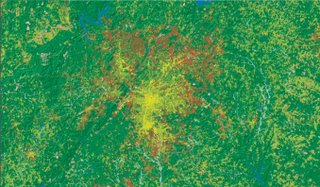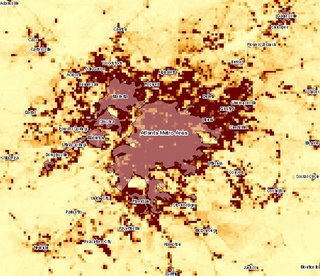I've posted before about the apparent decline in news reporting standards--particularly the susceptibility of leading newspapers to become mere mouthpieces for the White House--below.
Rather than turn this into a fruitless "blogs vs. newspapers" however, a group of people from both sides of the aisle got together recently at the Annenberg School of Communications in Philadelphia (here and here). One of their ideas which bears further discussion is that both bloggers and newspapers should move beyond differences to see that they are both engaged in, if not news papers, then "news organizations" (norgs):
"I say this is the day that the war ends. This isn’t journalism against bloggers anymore. It never was, really. This is journalists and bloggers together in favor of news." (Jeff Jarvis)
and...
"Karl Martino comes up with the wiser metaphor for media’s world change. We always say that TV didn’t kill radio; ergo, newspapers must be safe. Karl, instead, sees this as LPs moving to CDs to MP3s. One m medium — paper — may, indeed, go away. “The music remains. The music doesn’t go away.”"
If you believe this, then you may see an analogy with mapping and cartography. When digital cartography became available to people in the 1980s there were two similar camps--the "new mappers" call them who thought that paper maps would either fade away or become less preferable, and the old school who rejected this technology.
But there's a third way, which is to grab hold of the opportunities of new technology, while understanding that digital interactive maps are just a new way of doing what cultures have been doing for thousands of years, namely understanding their world(s) spatially.
There's a big invested interest in (paper) newspapers. For the moment I don't see innovation coming out of the newspapers, instead I see defensiveness and ignorance about blogging (with exceptions of course). To many newspapers, blogging is a screaming morass of shrill rude people; perhaps a particualrly attractive meme to newspapers, but not one that will help them in the long run.
I'd be interested to see if this third option of "norgs" can get beyond the divide.





